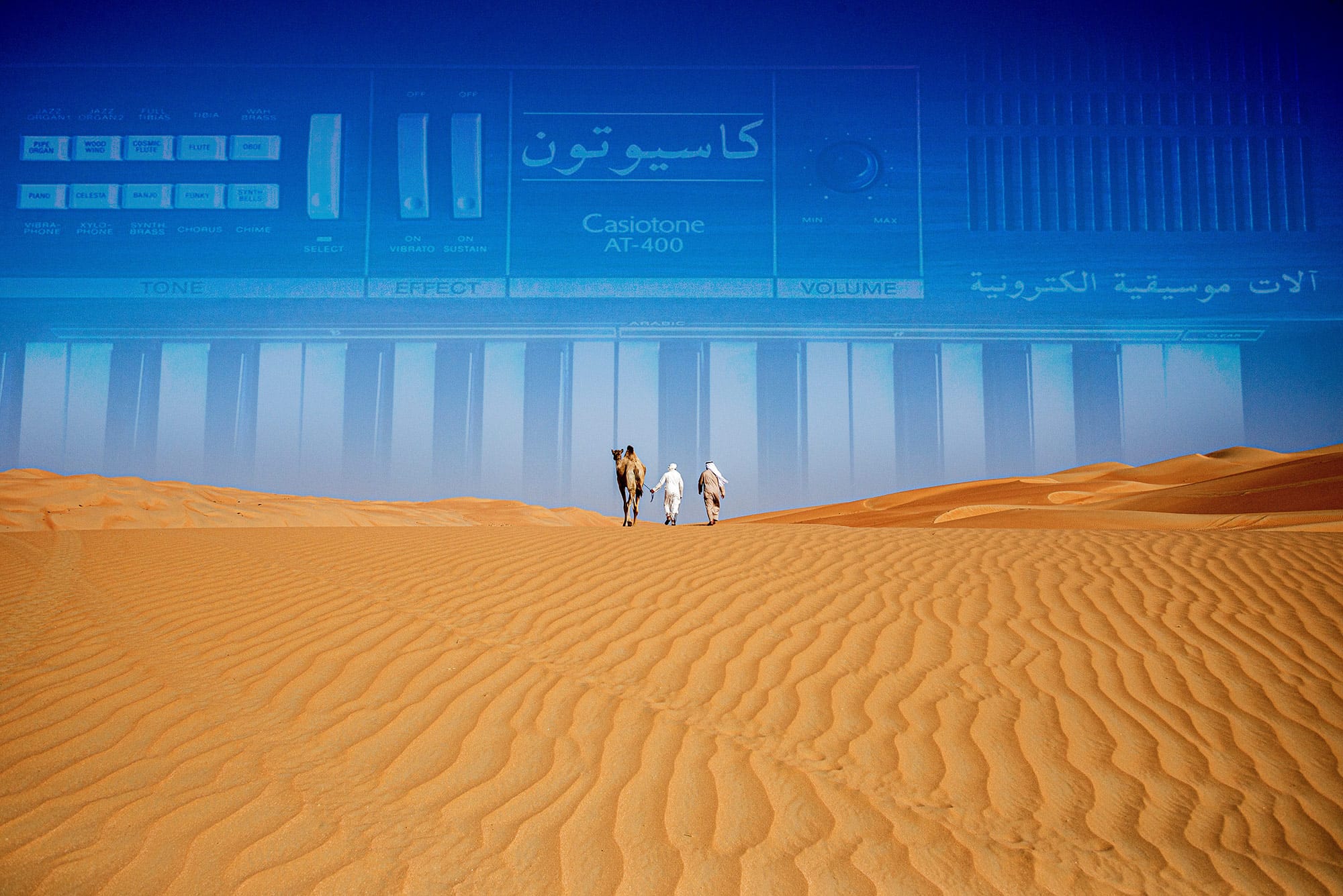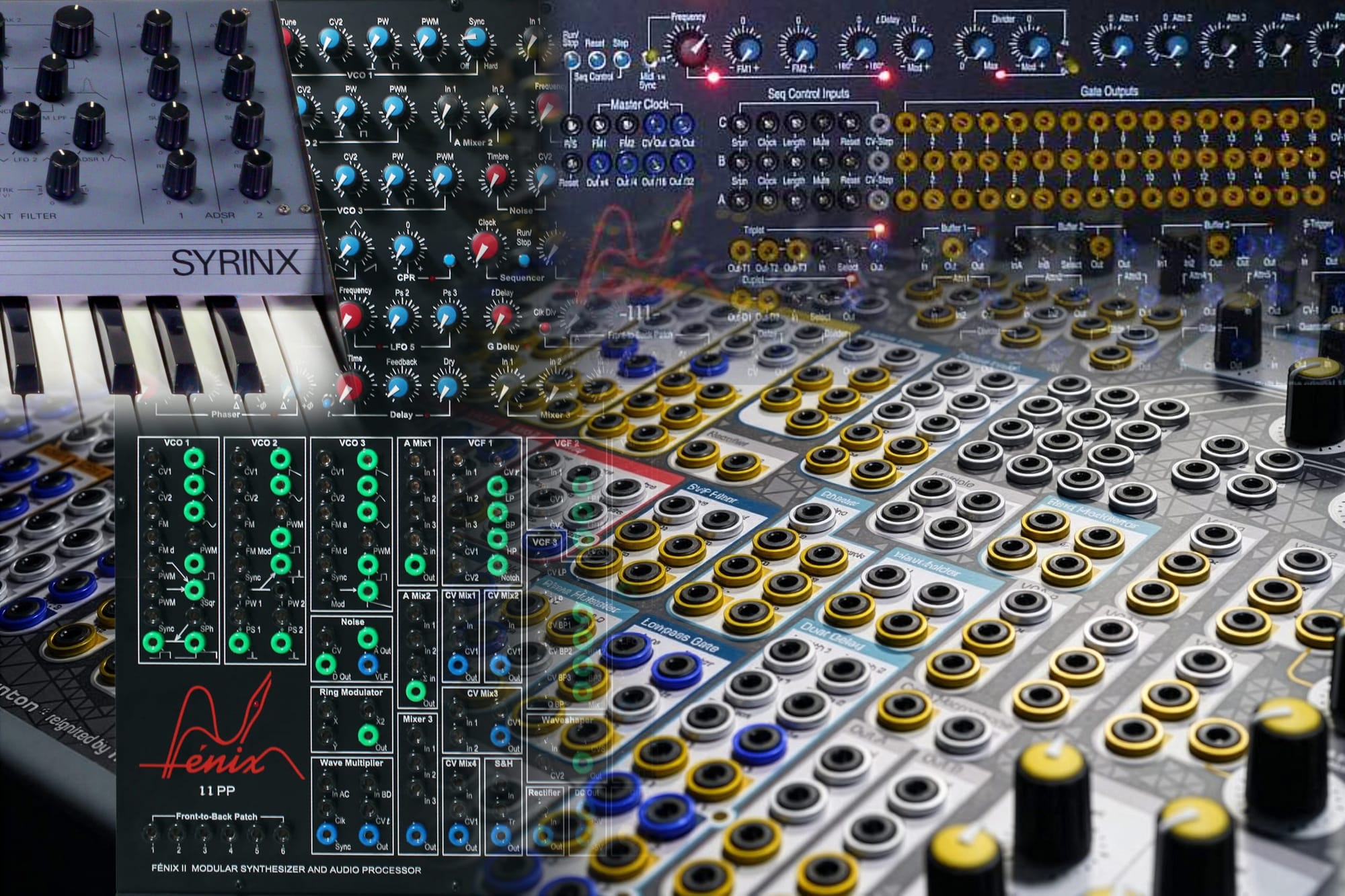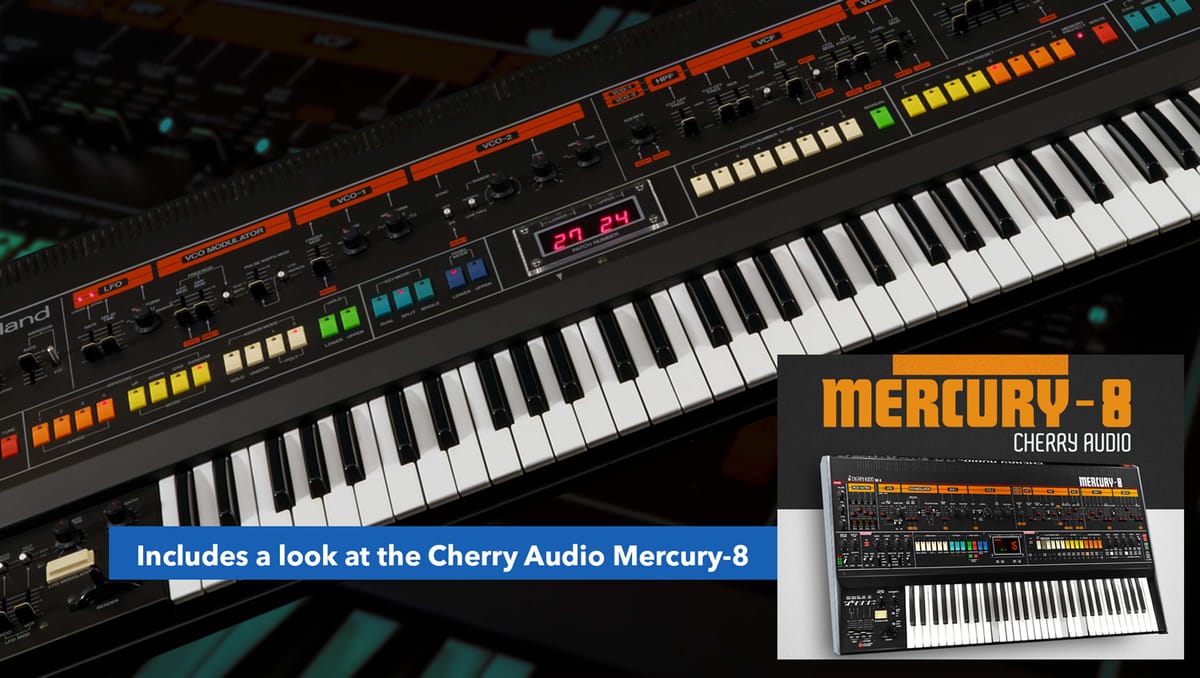Among the world of synthesizers, few are more elusive than Arabic synths made specifically for the Middle Eastern market. Learn about this small but unique subset of synthesizers and how to tune your own instrument to sound Arabic.
Nothing gets the blood of a Western synth nerd pumping like an instrument with labeling in a language other than English. Take the Formanta Polivoks, for example, with its cryptic Cyrillic that only adds to the Soviet military mystique. Or the Yamaha SY20, whose Japanese characters made it easier to read for its intended audience, local school children. But nothing is rarer, at least in the Western world, than an Arabic synthesizer.
With a population in the Middle East of about 500 million, and around 300 million of those native Arabic speakers, it stands to reason that there would be a sizable market for localized electronic instruments. And yet there is very little information available – even in Arabic (if ChatGPT is to be believed). There is the occasional photo on a site like Matrixsynth or Reddit, but these are few and far between.
As a synthesizer fan and also lover of the obscure, my interest was piqued by an email exchange with Roland, who mentioned rumors of a Juno-106A – the “A” designating the Arabic market – and even possibly a Jupiter-8A. These were just legends, though, they stressed, with even current Roland employees themselves unsure of their existence.
Here, then, is the result of quite a bit of digging into the world of Arabic synths, with information on how you can get this sound in your productions as well.






